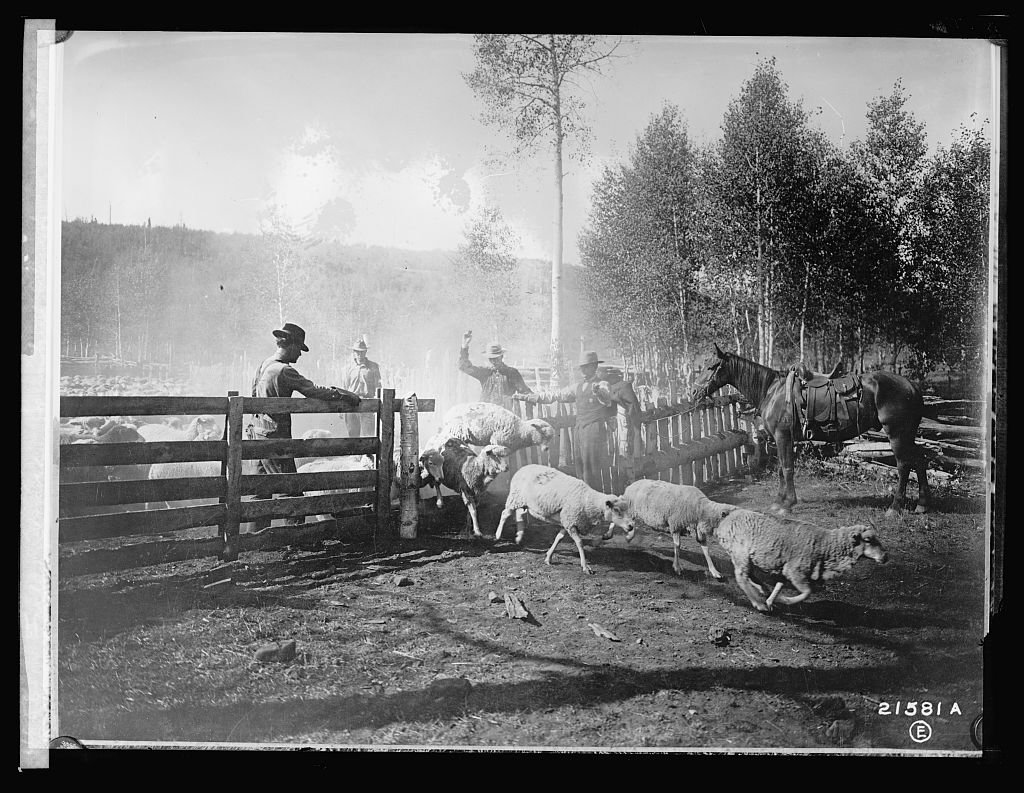I’m currently reading anthropologist Alice Roberts’ book The Celts: Search for a Civilization. It’s fascinating to see how she goes about reconstructing a pre-literate culture that coexisted with the much louder (historically speaking) Romans. One way to form a picture is through the ancient stories that rise again in modern contexts and can be traced back to their iron age origins. The book brought to mind this little nugget, which I formerly posted five years ago, about the long-forgotten origins of counting sheep.
* * *
As a method of falling asleep, counting sheep never made any sense to me. The cartoons of my childhood were full of animated sheep leaping one by one above reclining characters, sometimes inside of thought bubbles, but I didn’t know what to make of them.
Surely analytical work is the last thing you want when you’re trying to drift off into oblivion. Reciting integers in sequence is more likely to launch you into a bout of anxious insomnia, churning numbers that quickly become towering expense tallies, meagre retirement funds and general fretting about the future.
One, two, three, four, five…nope, not working. I might as well be singing the alphabet, but without a tune. And why sheep? Is it because the word rhymes with sleep? Nervous, dirty prey animals never put me at ease. Must there be a visual aspect to the count at all?
But what if counting sheep were special, different from counting other things or rattling off numbers. What if it sounded more like a lullaby?
The reference to counting sheep actually comes from the Yan Tan Tethera, the old Celtic sheep counting systems of otherwise innumerate shepherds of yore in Northern Britain. Counting—for a shepherd grazing his sheep on unfenced Crown land—is as much a part of the job description as it is for prison guards in lock down mode. So they devised a system of rhyming pairs that goes up to twenty. When they got there—“jiggit”—they shifted a finger on their crook or made some other marker and started over. (If you lose more than 20 sheep, it’s time to stop counting and investigate.)
“Yan Tan Tethera Pethera Pimp,” they would rattle off in a quick, light rhythm, their free hand dancing over the sheep in their field of view. “Sethera Lethera Hovera Covera Dik.” Just as a day at sea makes the waves lap against your closed eyelids, a day of counting sheep is likely to keep you counting at night, singing yourself to sleep with the rhythms of the count.
Oh, and speaking of things from childhood that didn’t make sense, “Hickory, Dickory, Dock”? That’s “eight, nine, ten” in one version of the Yan Tan Tethera.
Image: National Photo Company Collection
